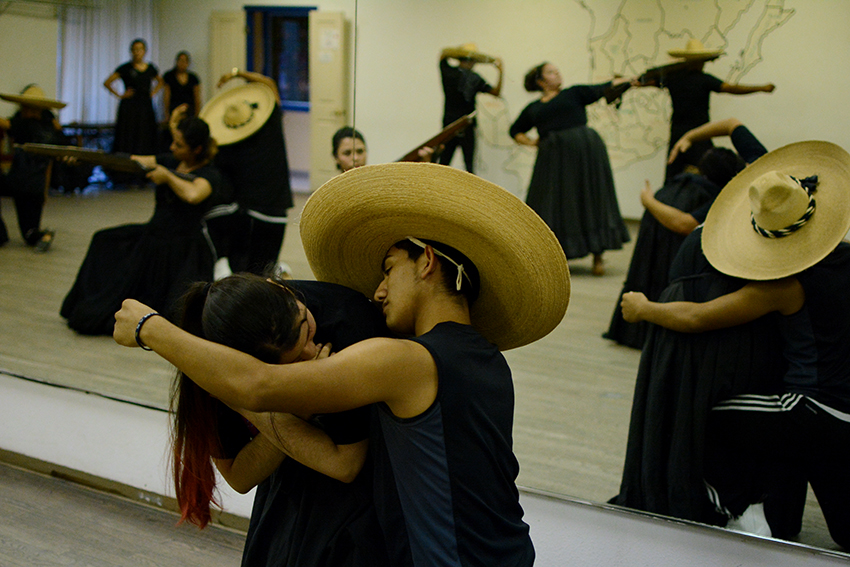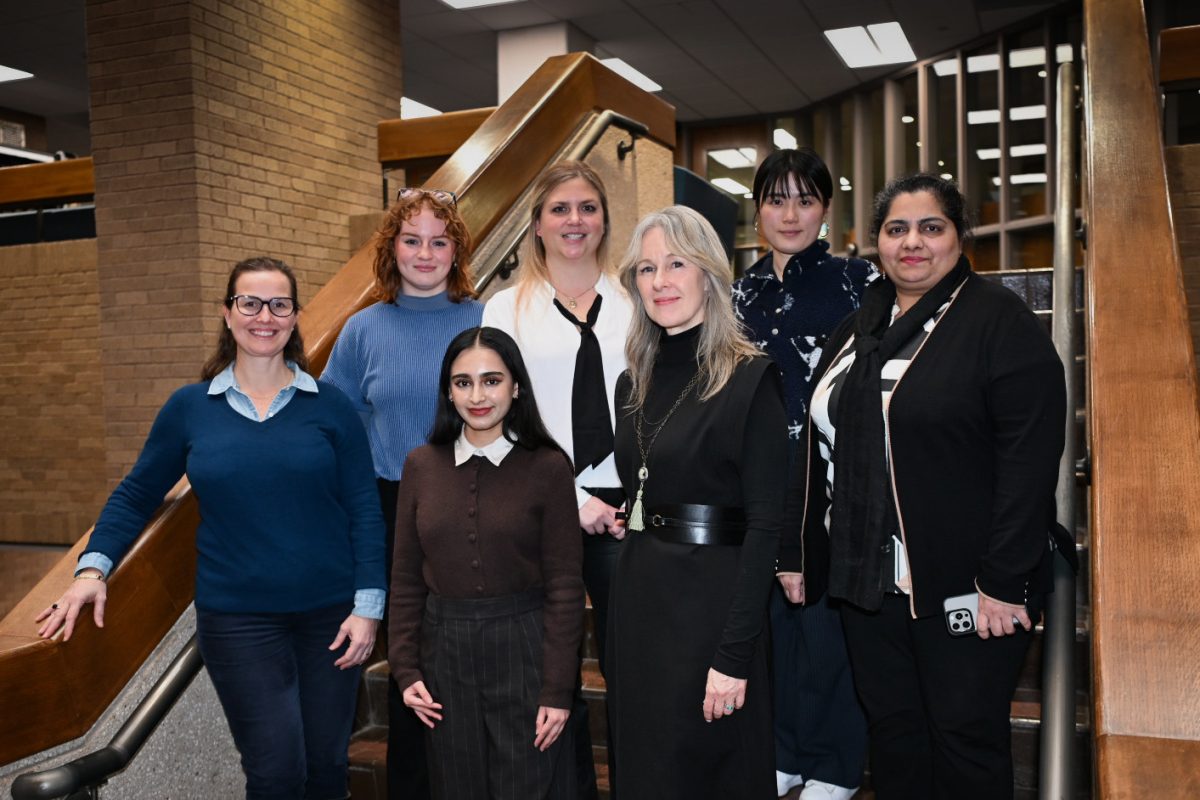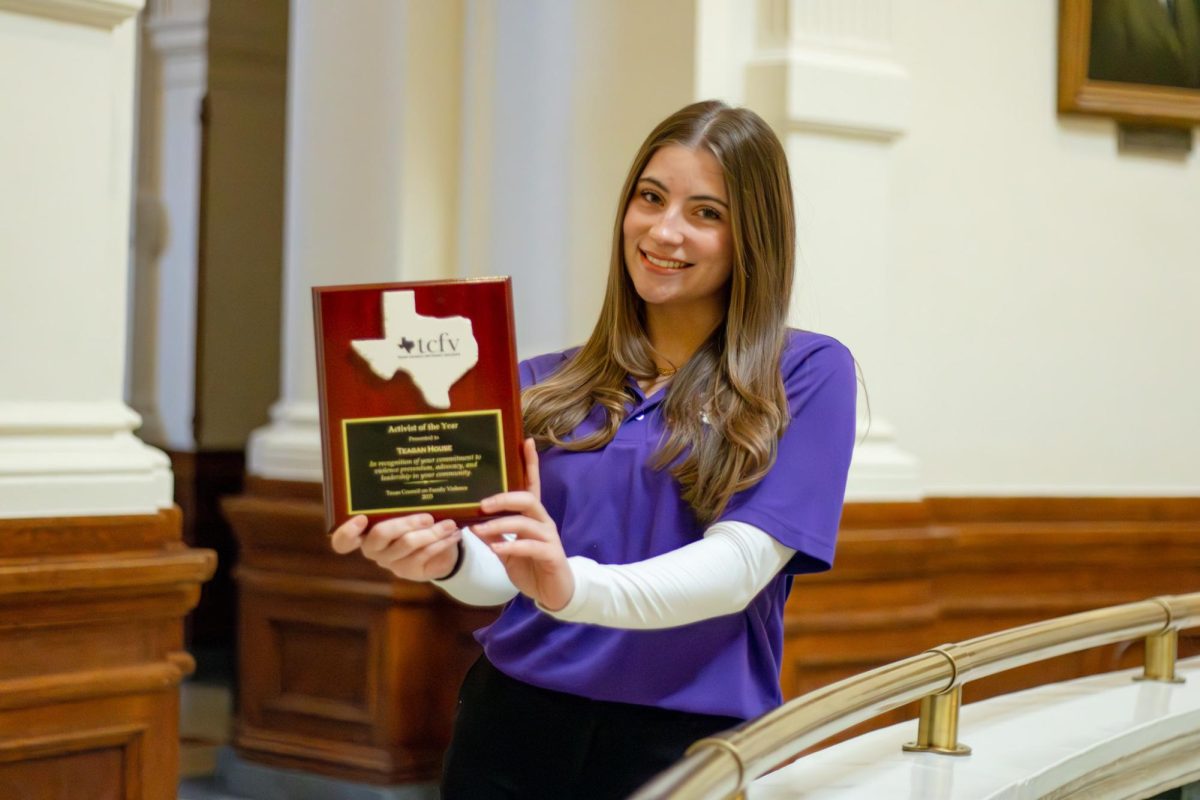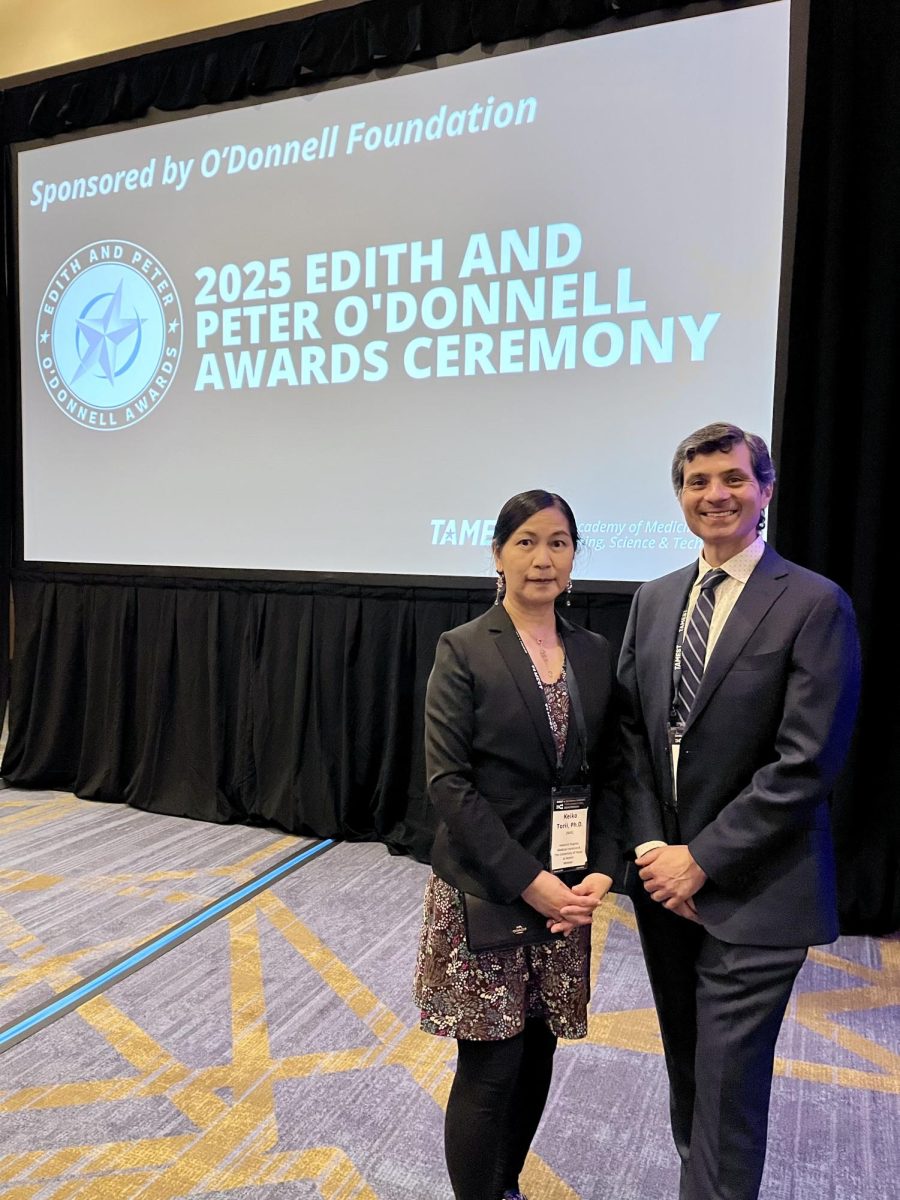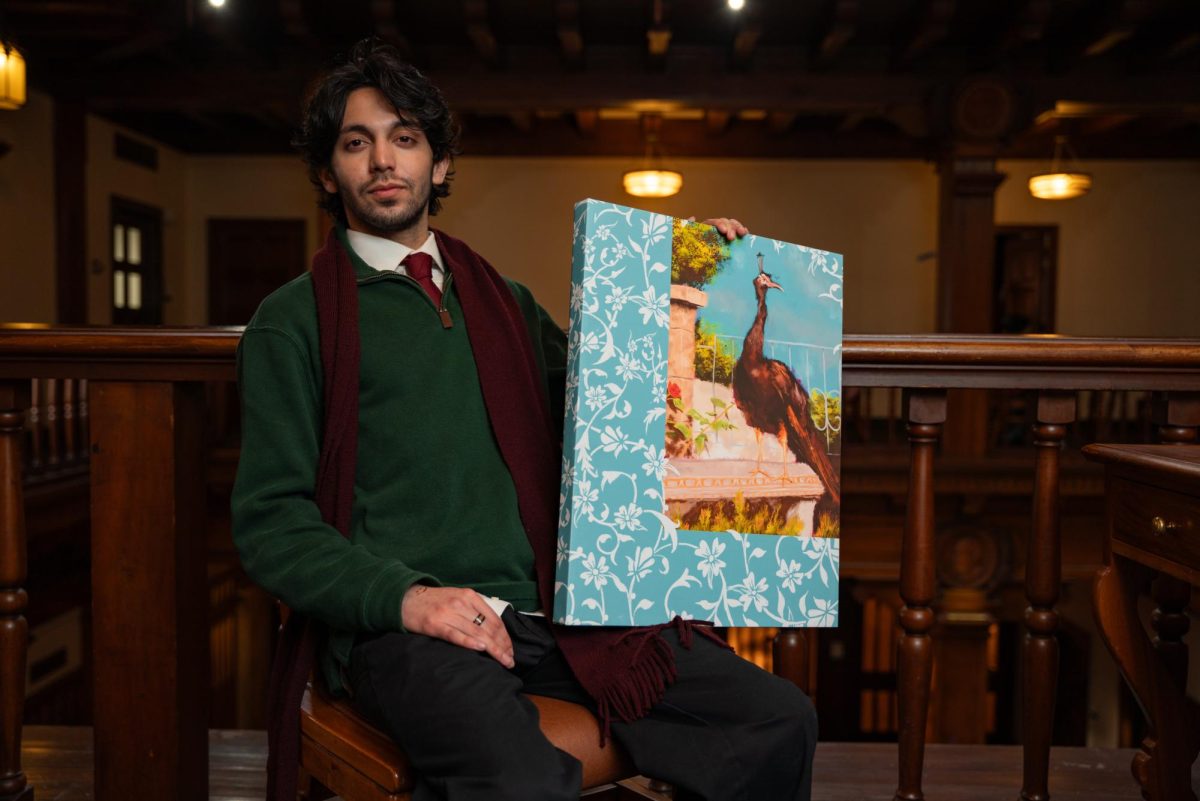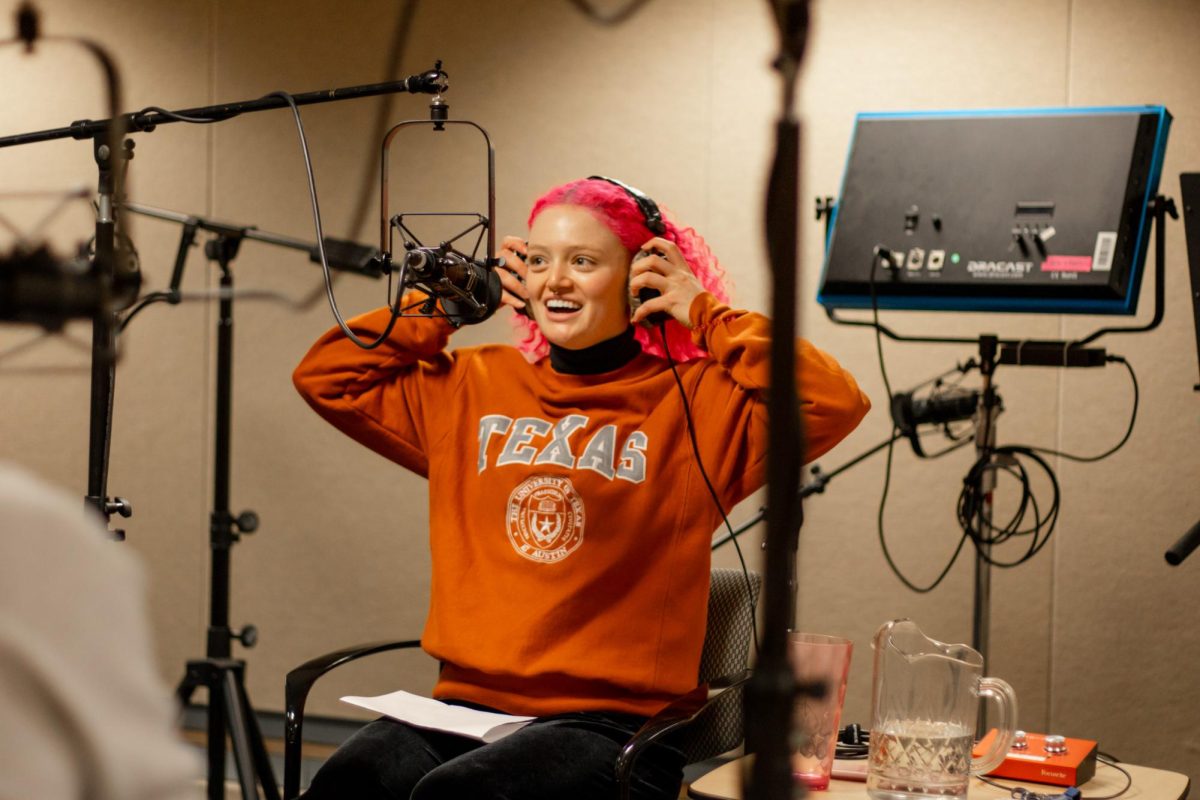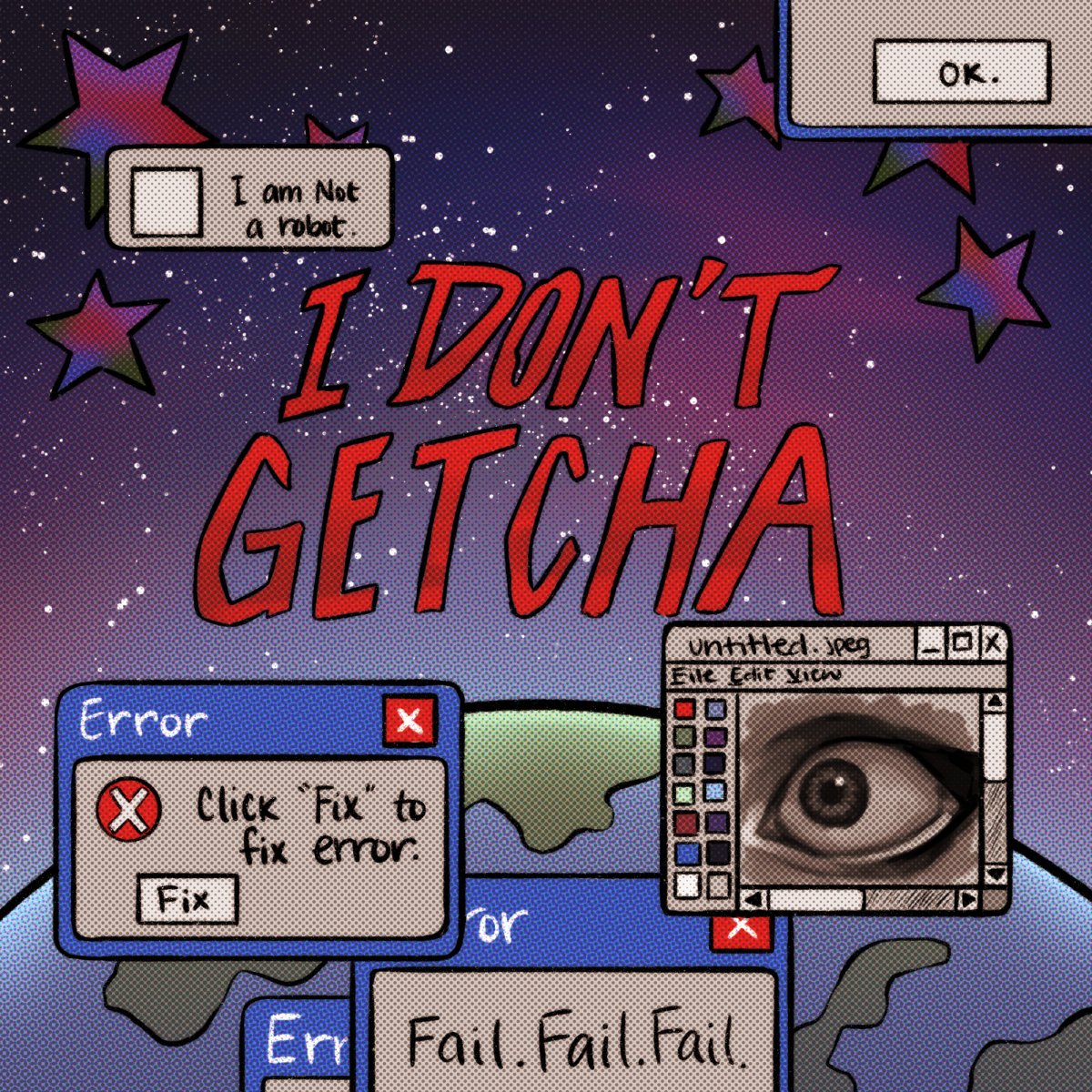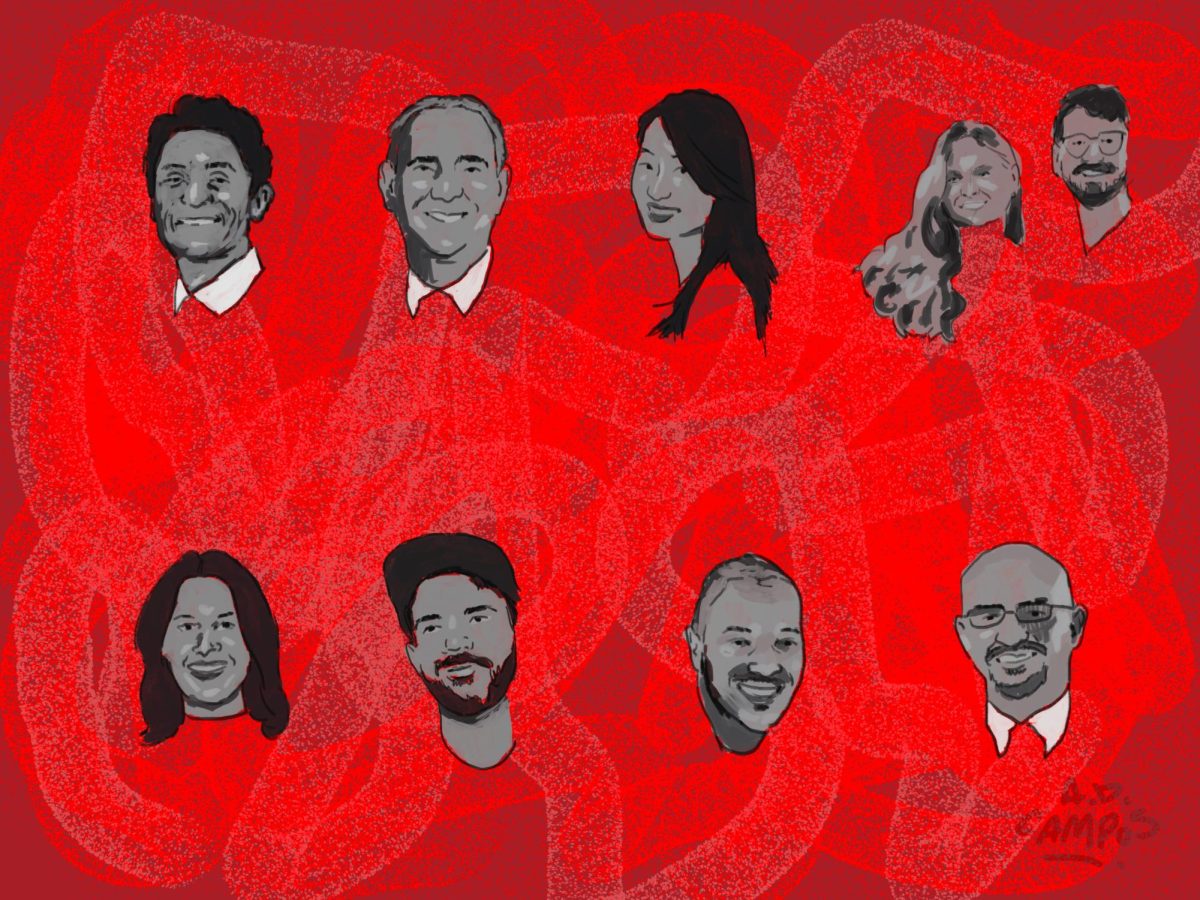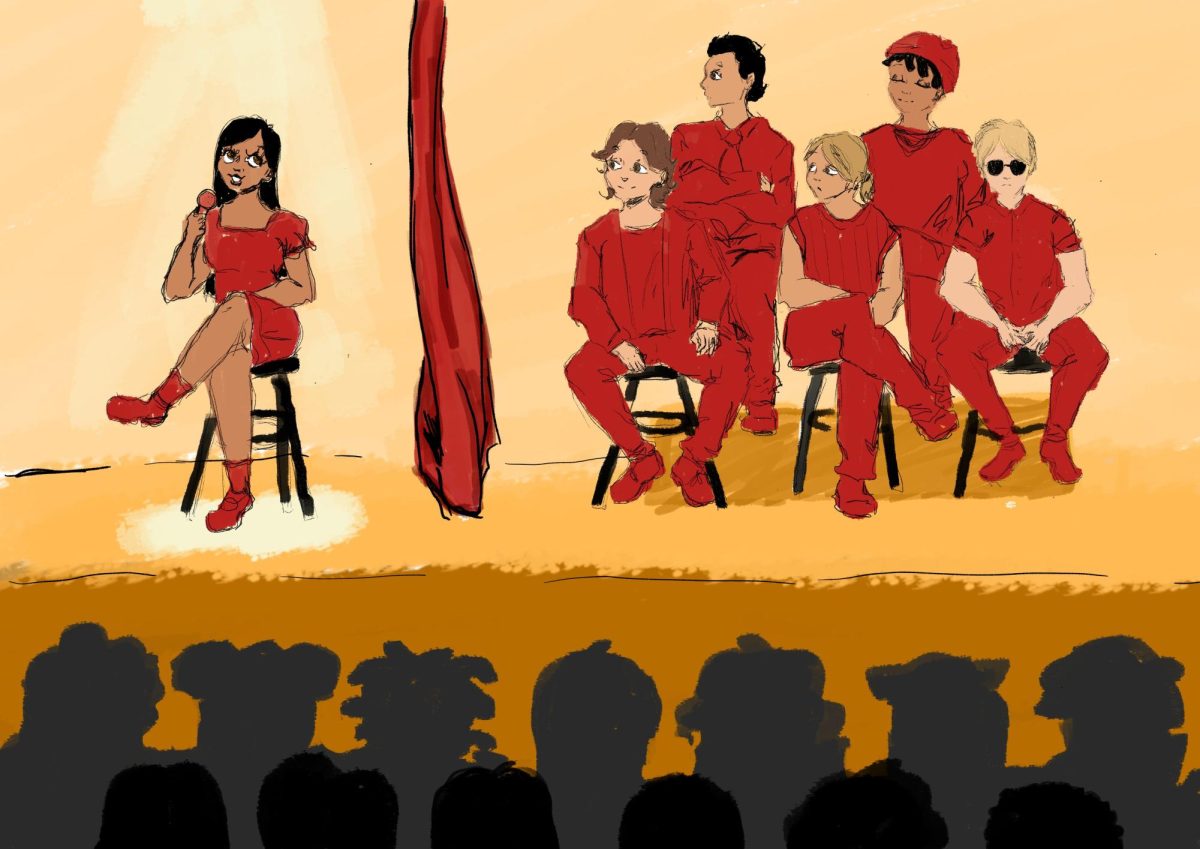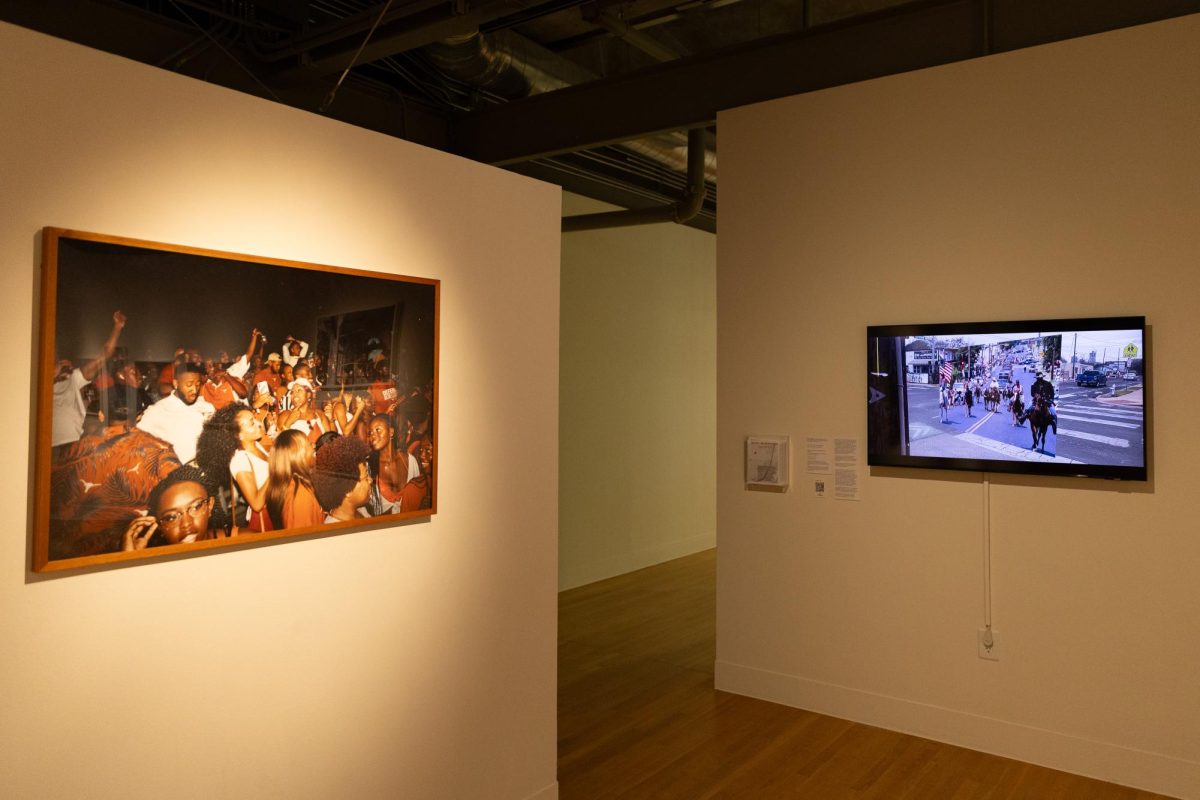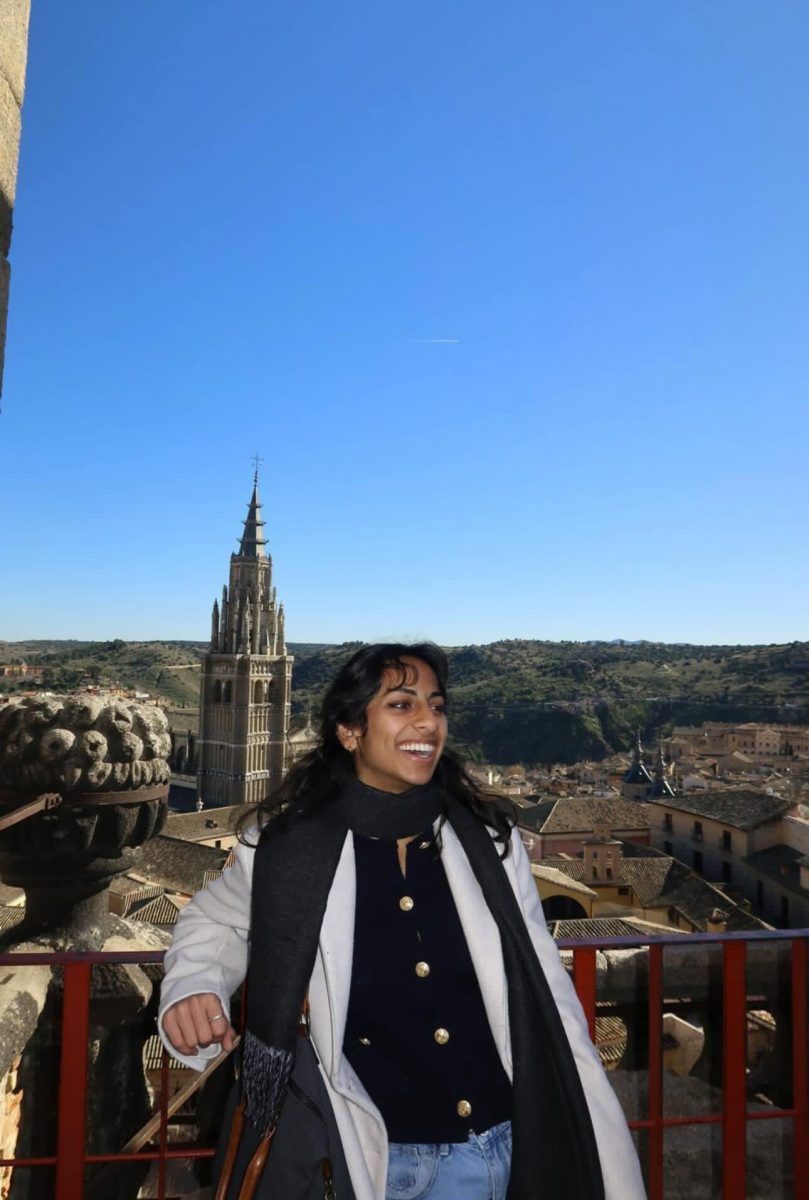Two dozen dancers dressed in floor-length, drab skirts slam their plastic rifles to the ground. The song “La Adelita” blares in the background. These women are going to war.
The dancers are practicing a routine at a Latin American studio, Roy Lozano’s Ballet Folklorico de Texas. The studio was founded in 1982 by UT alumnus Roy Lozano, but after he died in 1994, Jesús “Chuy” Chacón took over as the studio’s director. An Austin-based nonprofit, the studio spreads Latin American culture through Folklorico with performances throughout Texas.
Folklorico represents Latin American ballet with an emphasis on local folk culture. It is often defined by exaggerated movements and intricately choreographed performances that tell a story. Right now, they’re preparing a show influenced by the Mexican Revolution.
Chacón said Lozano was an incredible teacher who demanded perfection. Now, just as Lozano did before him, Chacón travels to Mexico twice a year to learn the cultures and dances in each of its 31 states.
When he comes back, he teaches his students about the civilizations he learned of during his time there. His favorite group is the Aztecs because of the religious undertones surrounding the dances and traditions. In Aztec culture, heavy drum beats drive the choreography, which relies heavily on circular and cross motifs.
“To bring in some of the culture and put my little mark on the dances is very exciting,” Chacón said. “I want them to understand why they’re dancing, what the culture represents, what the costume means, to take ownership of the character. Let’s make that passion to dance stronger by you learning why you’re dancing.”
Spanish junior Mireiya Velasquez, who’s been with the studio for 12 years, said she loves learning new choreography from Mexico’s northern states such as Chihuahua, Coahuila and Sonora. But their dances require lots of energy and stamina.
In 2012, Velasquez received the chance to serve as an instructor under Chacón. Since then, she has been teaching basic skirt waves and footwork to children ages five to 10.
“It’s very rewarding to see that, because I’m able to get [my techniques] across to them,” Velasquez said. “That’s one thing that I kind of always feel like I’m going to do wrong, especially as a teacher instead of as a dancer.”
Mexican-American studies junior Daniela Rascón said the studio became a second home to her. She said she feels the dancers there are like family because they’re all volunteers bonded by their love of dance.
Rascón found solace at the studio after she had to drop out of UT during her first semester. Folklorico gave her an escape from struggles at home, and it drove her to return to the University.
“Roy’s, for me, was the one place where I could go and not think about everything that was going on,” Rascón said. “It was kind of like that thing that kept me sane when I was going insane.”
Along with encouraging artistic expression and focus, Chacón said he hopes the studio’s performances show audiences that there’s more to Mexico than what they might hear on the news.
In a Christian version of the traditional Mexican Deer Dance, he did just that.
“During the dance, people were so quiet, so quiet. And I’m like, ‘Oh gosh, I guess people don’t like it,’ and after about 10 seconds, they all started clapping and cheering,” Chacón said. “Later someone said to me, ‘Chuy, it was one of those dances in which you cannot talk, the story behind the way they were doing it, it was so beautiful, it took us seconds to get out of that.’ Everybody
was mesmerized.”

